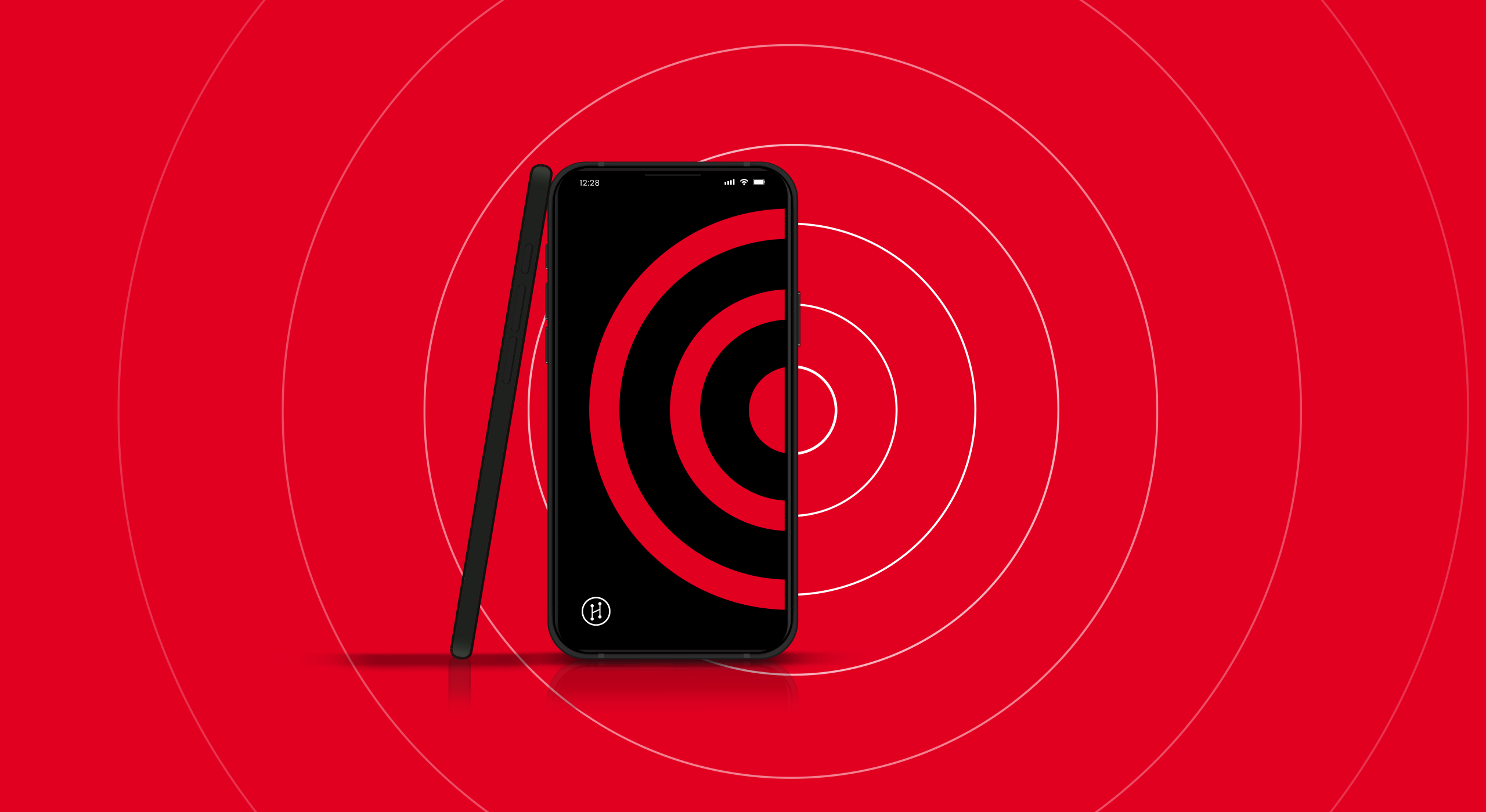How to Successfully Develop and Launch a Mobile App Using Spatial Audio
Mobile apps are expected to generate over $935 billion in revenue by 2023. Mobile internet usage is rising while desktop internet usage continues to ...
There are countless articles, tweets, and LinkedIn posts from marketers and others expounding upon the future of virtual events and conferences; how virtual and hybrid events are here to stay — even in a post-COVID world and even as in-person events continue to make a comeback. As a marketer myself — who's produced more events than I care to count at this point — I agree wholeheartedly.
There are dozens of valid reasons why this is a widely held view and an overall good thing. Such events reduce unnecessary travel and costs, reach a wider audience, and so on.
But what isn’t talked about enough when it comes to virtual conferences, is virtual-event fatigue. It’s a big, big, big issue that brands face. Attendees experience increased stress, low energy, sleepiness, difficulty concentrating, and even reduced work performance. It’s hard to engage attendees when they aren’t in the right frame of mind.
There are a lot of great tips from virtual event platforms about how marketers can make virtual events more engaging for virtual audiences. But there are things that virtual event platforms and virtual conference platforms can do to help, too.
An often overlooked way that virtual event platforms can help reduce attendees' virtual event fatigue doesn’t require fancy, expensive headphones or hardware either. It involves simply adding spatial audio.
In a virtual event context, the easiest way to explain spatial audio is to imagine delivering audio in a way that sounds like your attendees are at an in-person event. This allows people's brains to process information in the way that it’s wired.
Take a moment right now and bring your own awareness to your physical surroundings. (If you have headphones on, take them off.) How many different sounds do you hear clearly at the same time? Do you notice that you can tell which direction each sound is coming from? Think about being at dinner with a group of good friends; numerous conversations can happen at once, there’s cooperative overlap in speech and laughter, and it’s not difficult to be engaged and pay attention (if the topic of conversation interests you, of course).
The same is true of virtual events. You can actually reduce attendees’ stress and promote well-being by ensuring you deliver high-quality spatial audio to the people using your platform. There's ample research published about how spatial audio reduces cognitive load and improves speech intelligibility.
Spatial audio for music is catching on like wildfire. It’s only a matter of time before its table stakes and how people expect audio to sound. It’s like choosing to watch a movie with poor resolution vs. high definition. Given a choice, you want the highest fidelity experience possible.
If audio is a part of your app or platform, skimping on audio quality could be more costly than you think.
Related Article:

by Emily Iwankovitsch
Social Media Marketing Manager
Mobile apps are expected to generate over $935 billion in revenue by 2023. Mobile internet usage is rising while desktop internet usage continues to ...
Learn How Neglecting Sound Quality Impacts Social Audio Apps
By subscribing, you agree to the High Fidelity Terms of Service